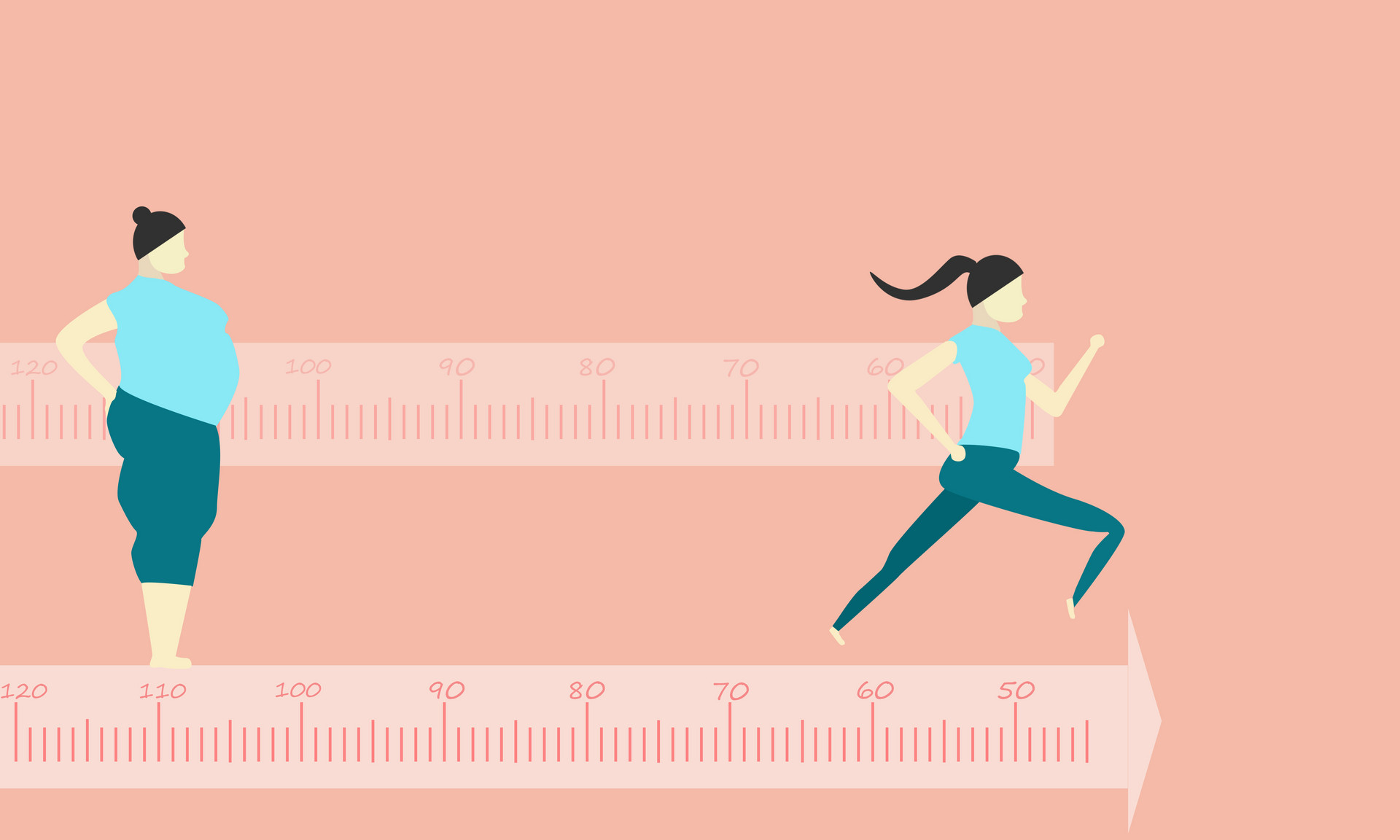In recent years, acupuncture for weight loss has become popular. But how much do you know about acupuncture for weight loss? Is it suitable for everyone? What are the advantages and disadvantages compared to other weight loss methods? If you are considering using acupuncture for weight loss, then let's learn more about it together!
Acupuncture for weight loss uses traditional Chinese acupuncture methods to stimulate specific points on the body, which helps regulate the body's endocrine system and ultimately achieve weight loss. Acupuncture for weight loss is considered relatively safe and reliable. It uses specific acupuncture points on the body to regulate the body's endocrine system, thereby achieving the goal of weight loss. Compared to other weight loss methods, acupuncture for weight loss has advantages such as being painless, having no side effects, and being a simple treatment method.
1. Brief Introduction
Acupuncture is a unique branch of traditional Chinese medicine and can play an important role in treating obesity. The mechanism of acupuncture for weight loss mainly involves adjusting the body's metabolism and endocrine function. Acupuncture for weight loss is more effective for young and middle-aged obese individuals aged 20-50.
In this age group, the body is more mature and various functions are relatively sound. Through acupuncture treatment, it is easier to adjust various metabolic functions of the body, promote fat decomposition, and achieve the effect of weight loss and lipid reduction. Acupuncture can suppress gastric motility and reduce gastric acid secretion, thereby reducing hunger and achieving the goal of weight loss.
During the process of acupuncture for weight loss treatment, there may be loss of appetite, increased thirst, increased frequency of urination and defecation. These are normal phenomena because acupuncture treatment continuously adjusts the body's internal functions, accelerates metabolism, and consumes energy, resulting in some clinical symptoms. These symptoms will disappear once the body reestablishes balance.
2. Mechanism of Action
Modern medicine believes that simple obesity is often accompanied by endocrine disorders, including abnormalities in hormones such as insulin, sex hormones, adrenal cortex hormones, and leptin. Acupuncture can regulate endocrine function and restore it to normal.
On the other hand, traditional Chinese medicine believes that obesity is mainly related to the functions of the liver, spleen, and kidney. Acupuncture can regulate these organs and restore their normal functions.
2.1. Regulating Gastrointestinal Function
The comprehensive effect of regulating the gastrointestinal function mainly manifests as decreased appetite and improved bowel movements. Many people become obese because they consume too much food, so regulating gastrointestinal function plays a significant role in weight loss. Many people who undergo acupuncture for weight loss notice a decrease in appetite. Acupuncture can prolong gastric emptying time, which can inhibit and even decrease excessive appetite. Additionally, acupuncture can also improve intestinal function. For example, people with constipation may experience increased intestinal motility and enhanced excretion during acupuncture for weight loss.
2.2. Improving Metabolism
This includes sugar metabolism, fat metabolism, etc. Acupuncture can increase the rate of metabolism, burn more fat, and achieve the goal of weight loss. Many obese individuals have metabolic disorders, either in fat metabolism or sugar metabolism. During acupuncture treatment, improvements in metabolism can be observed. For example, patients with diabetes or hyperlipidemia often experience adjustments in their condition during acupuncture treatment.
2.3. Enhancing Endocrine System Function
Many cases of obesity occur during puberty, after childbirth, or during menopause, especially in women. These periods are characterized by significant changes in the endocrine system. During acupuncture for weight loss, many women with symptoms such as menstrual irregularities or amenorrhea may notice improvements in these symptoms even without specific treatment. These improvements are the result of improved endocrine function.
Acupuncture for weight loss mainly works through these three aspects.
3. Origin of Acupuncture for Weight Loss
Acupuncture for weight loss is derived from traditional Chinese medicine and is a form of meridian weight loss. In addition to acupuncture for weight loss, meridian weight loss also includes cupping therapy, magnetic meridian therapy, and acupressure massage.
3.1. Cupping Therapy for Weight Loss
Cupping therapy for weight loss is guided by traditional Chinese medicine theories and explores the essence of meridian theory. It uses specialized treatment methods for meridian points to rapidly break down body fat, detoxify, and achieve the slimming effect of reducing fat. It is also a form of meridian weight loss. The principle of cupping therapy for weight loss is that the powerful suction force during cupping opens up the sweat pores, stimulates the sweat glands and sebaceous glands, enhances their functions, and promotes the shedding of aging cells on the skin surface, thus accelerating the elimination of toxins and waste from the body.












